
Insulation and Heat Tracing
Insulation and heat tracing are not only used to prevent freezing of the process fluid, but can also be used to minimize energy losses and reduce viscosity. The thermal conductivity for Durcor® is extremely low, especially when compared to steel lined pipe.

Analysis of this feature can often eliminate the need for tracing and / or reduce the thickness of insulation required to maintain a given temperature. On long tracing runs, Durcor® flanged Flexijoints® should be provided to compensate for any pipe expansion or contraction.
| Maximum Heat Tracing Temperature | ||
|---|---|---|
| Durcor® pipe and fittings should never exceed maximum temperature of 250°F when insulated. | ||
| Max. Temp. | Type of Tracing | |
| 250°F | Hot water Electric Steam |
|
All typical heat tracing methods may be applied to Durcor® pipe and fittings. Consultation with tracing manufactures is highly recommended.
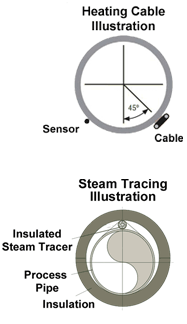
Hot water: Typically the most economical. However, heat transfer cement should be installed for better heat transfer according to cement manufacturers' recommendations.
Electrical Tracing: Tracing Durcor® pipe can be accomplished successfully with electrical cable and sensors to ensure against localized overheating. Specifying a T-Rating that won't allow electrical cable to go above the 250°F is also another option.
Steam Tracing: Steam pressure must be controlled so that the temperature does not exceed the maximum temperature of 250°F. An isolated (insulated) steam tracer should be used to avoid localized overheating.


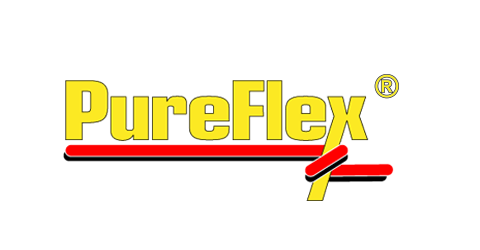



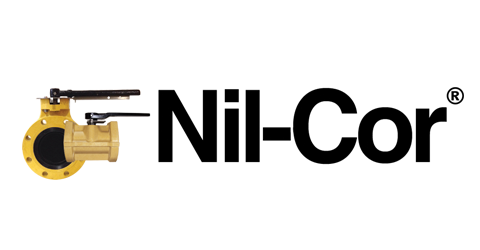

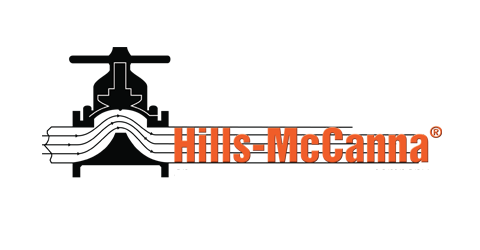



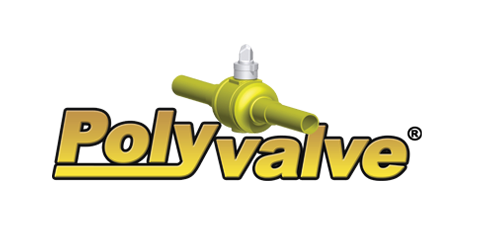





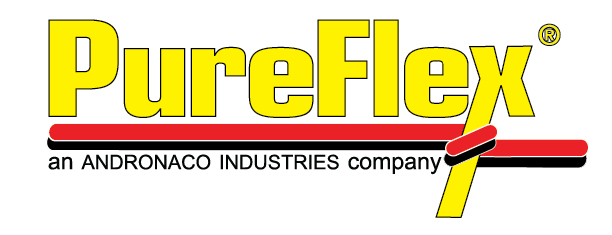 Durcor
Durcor